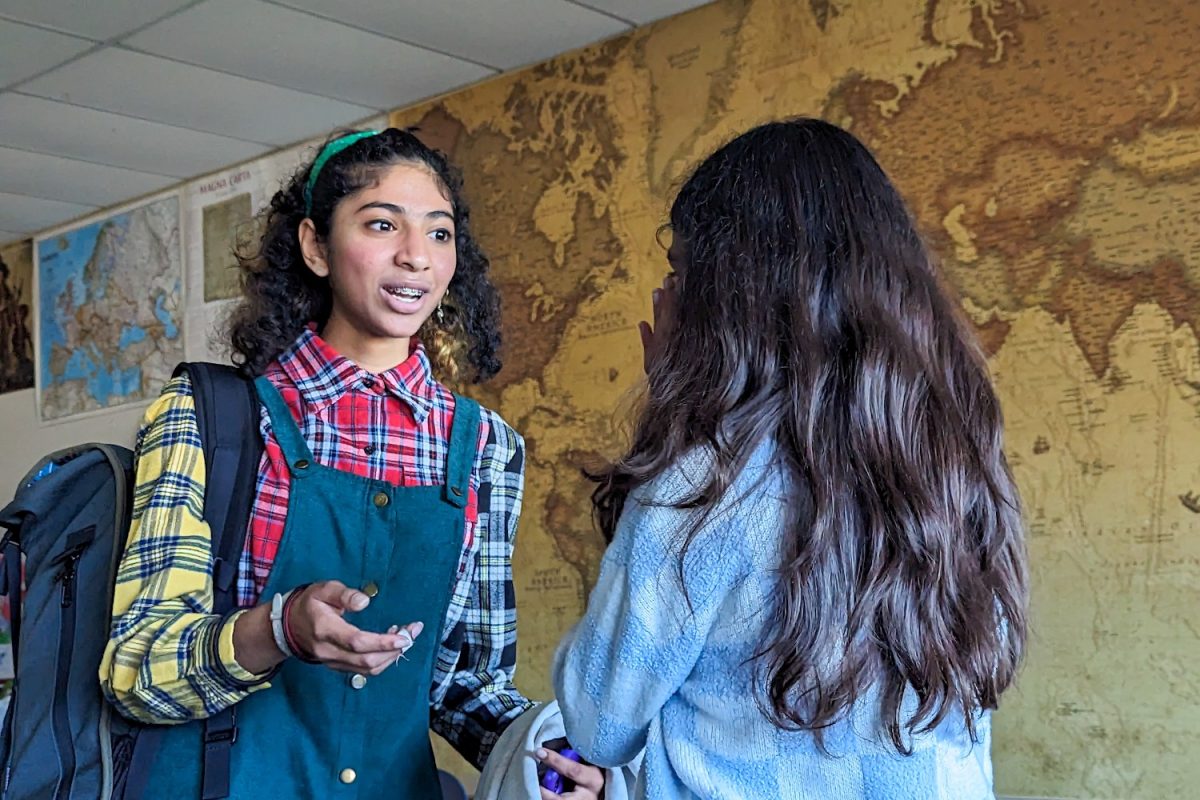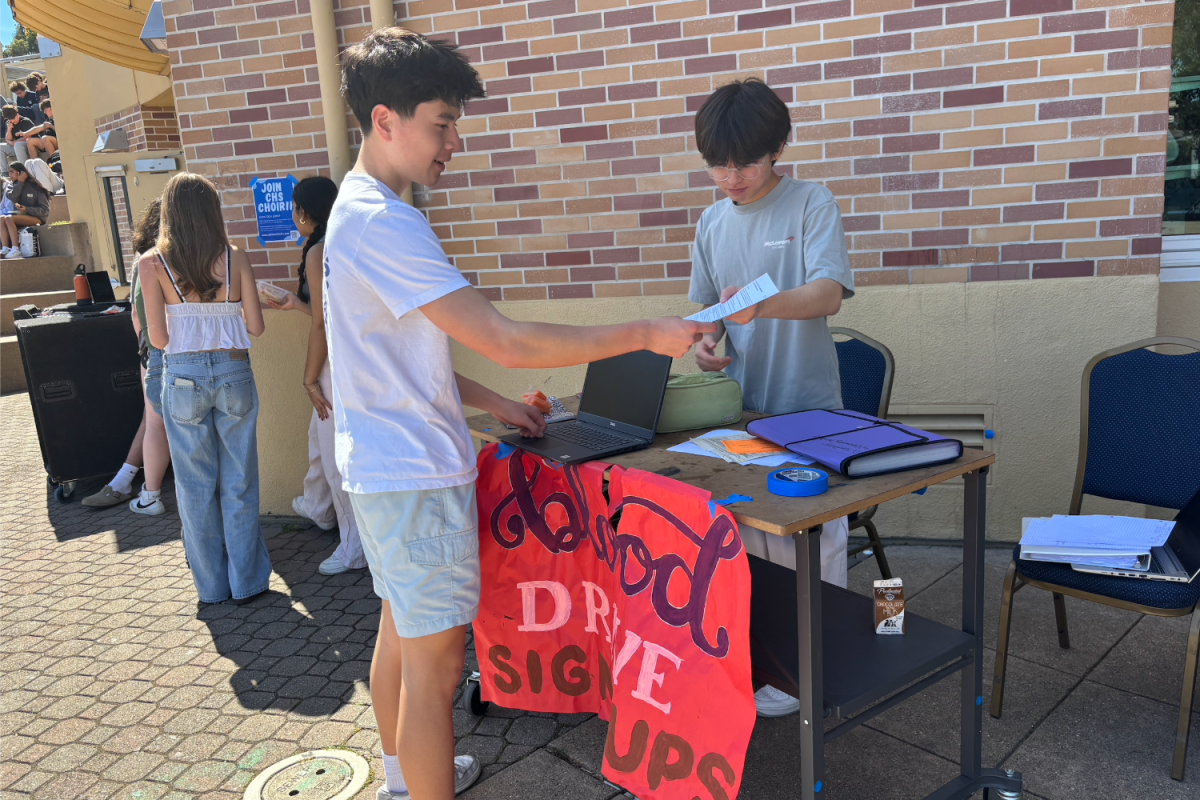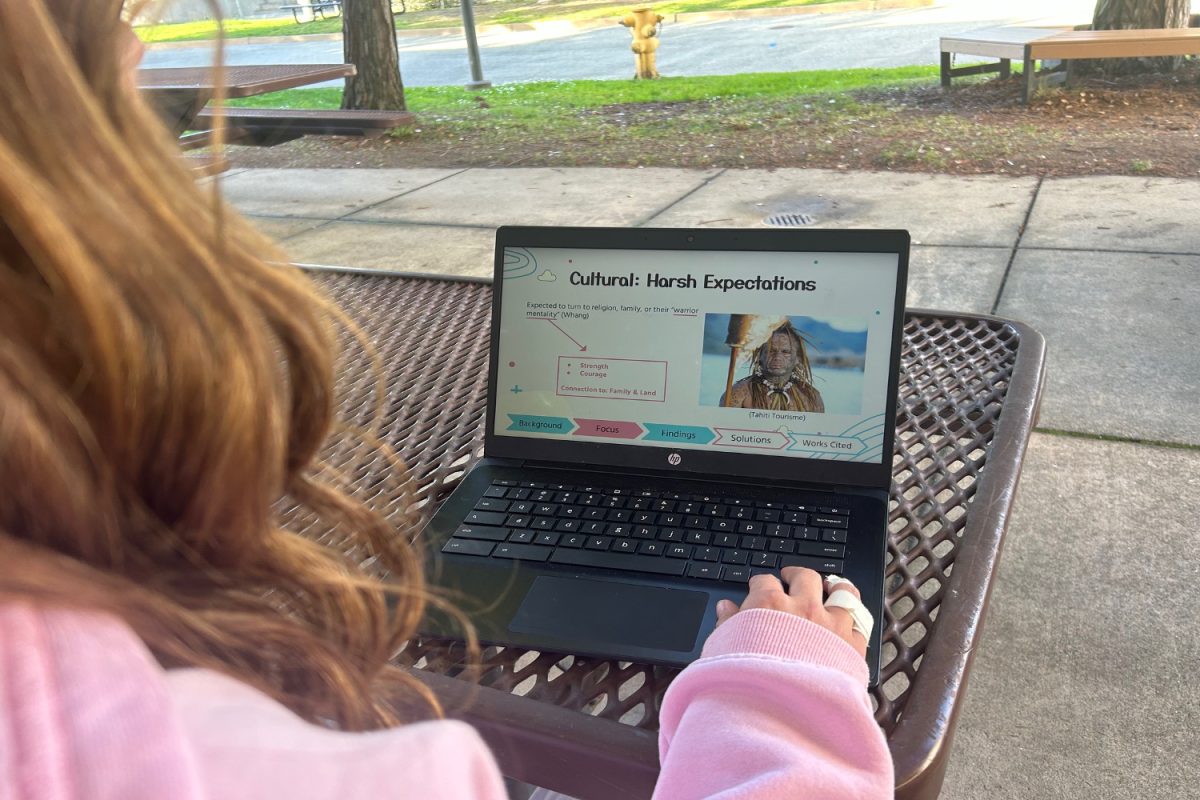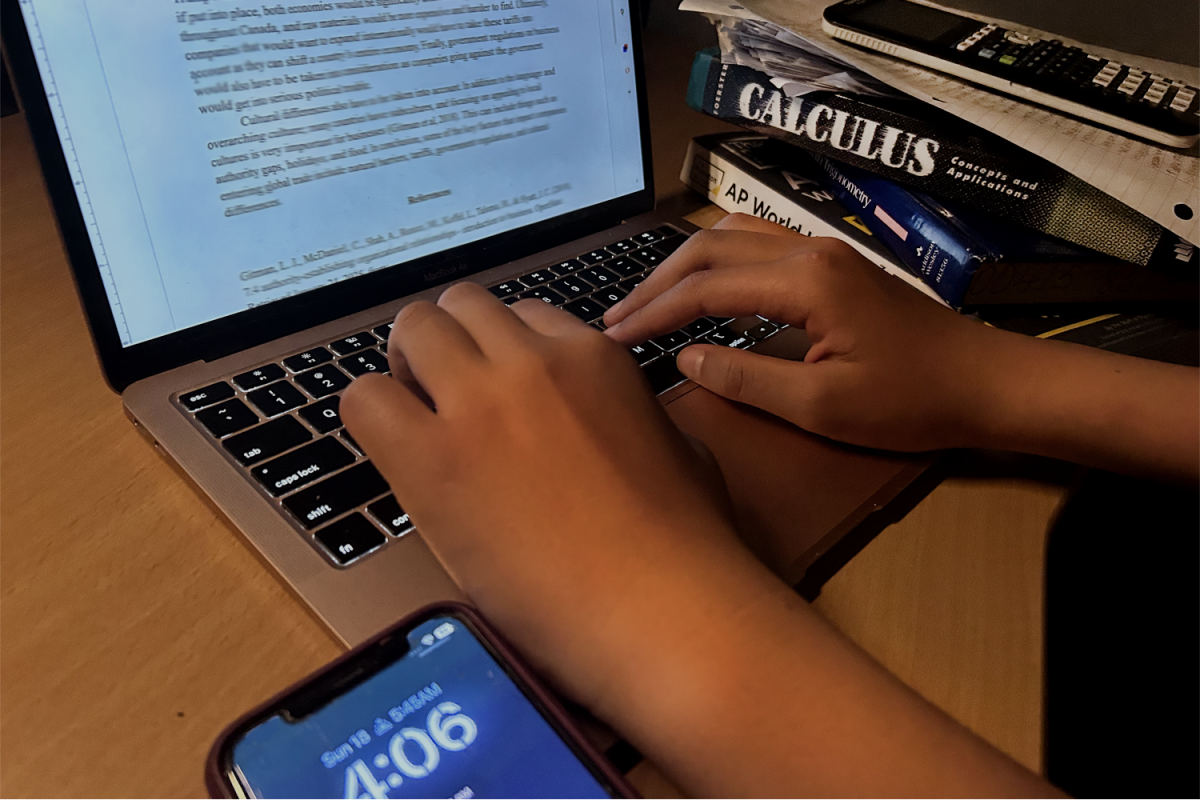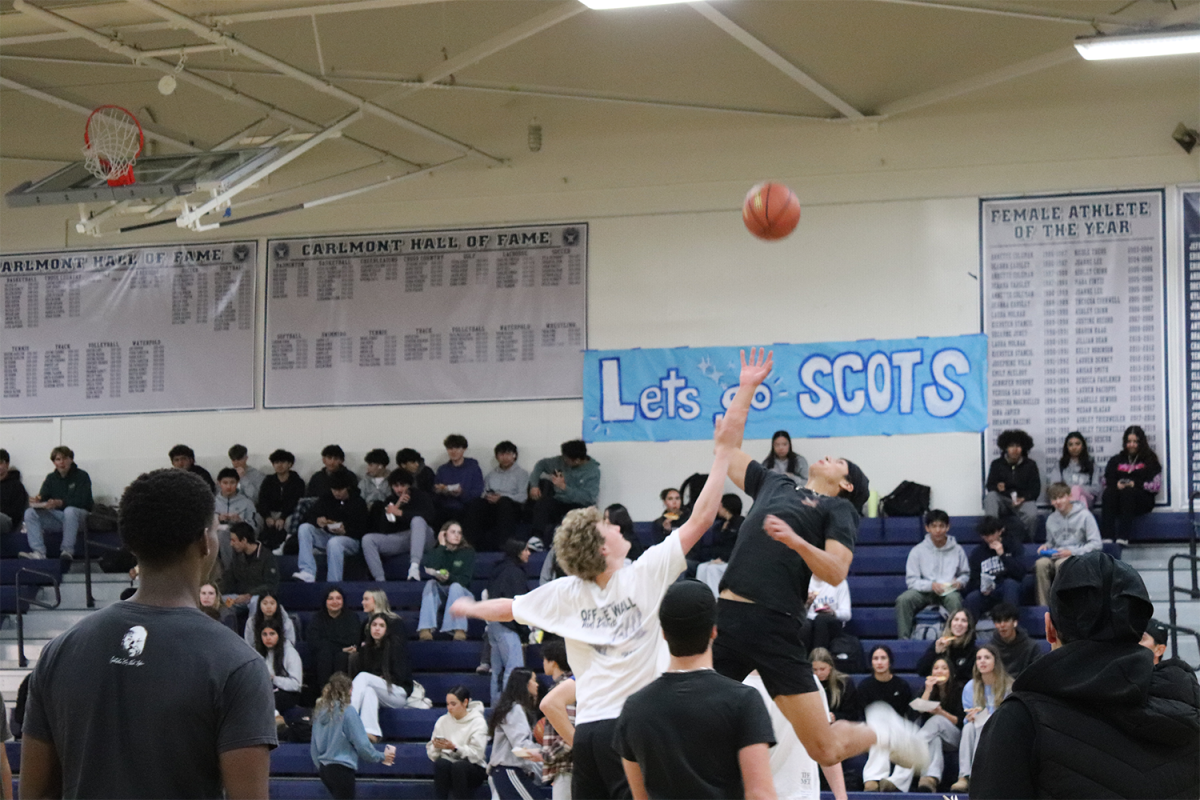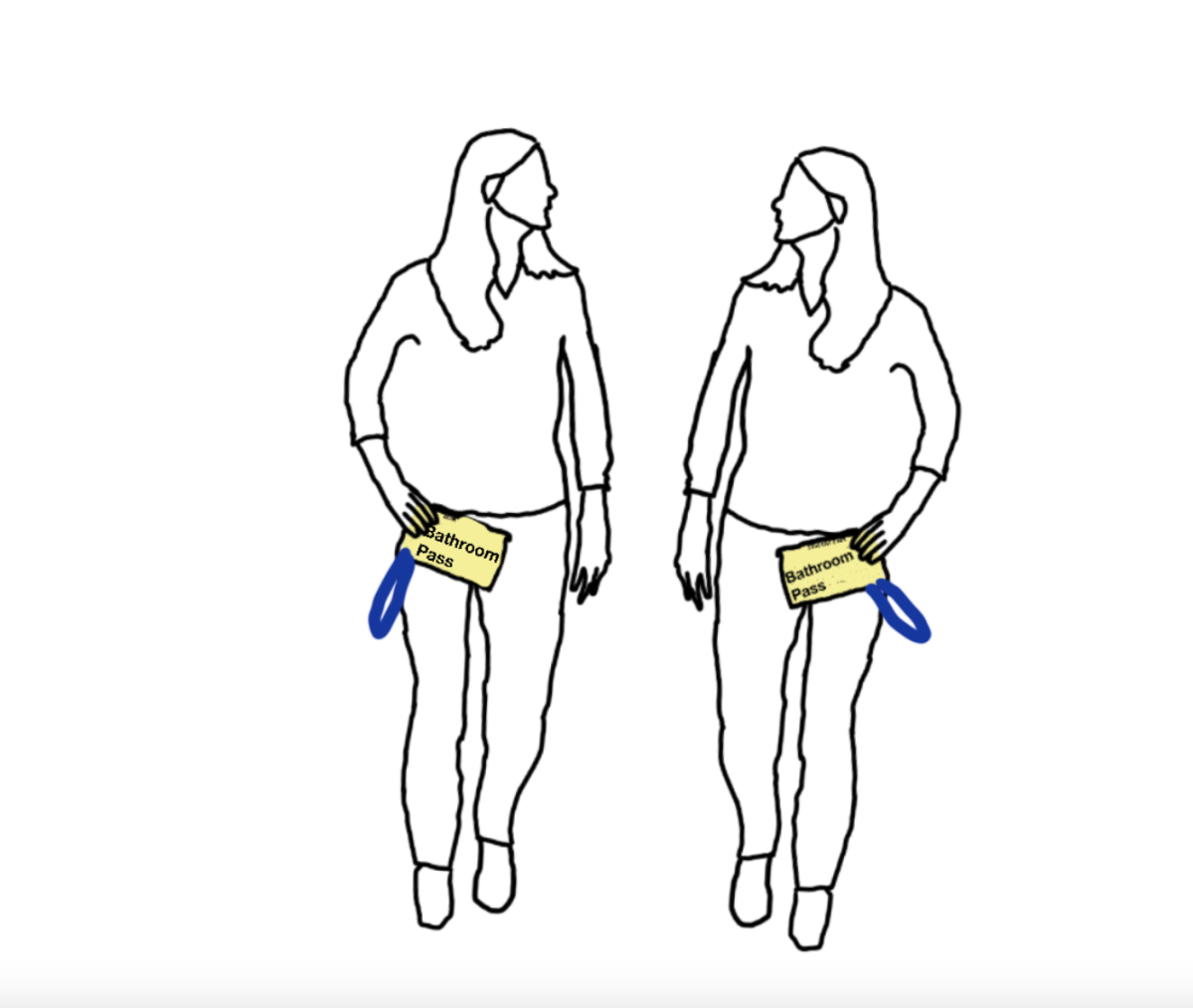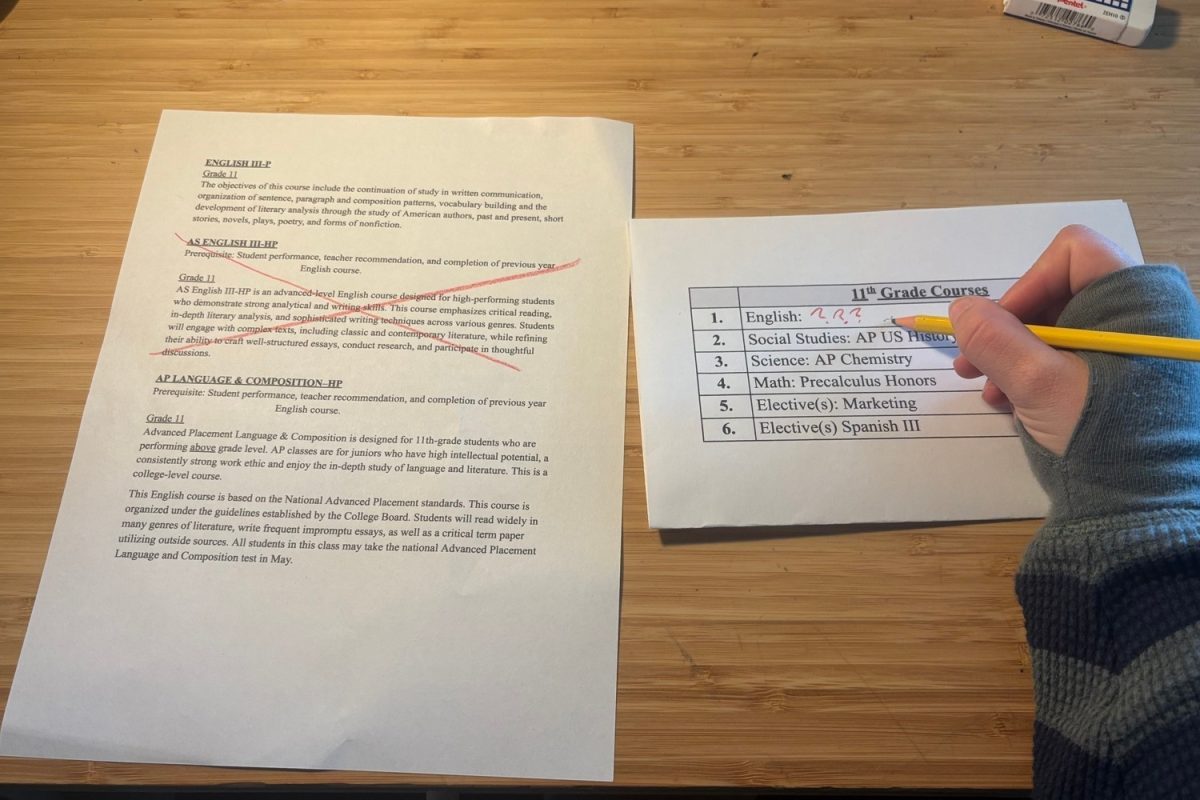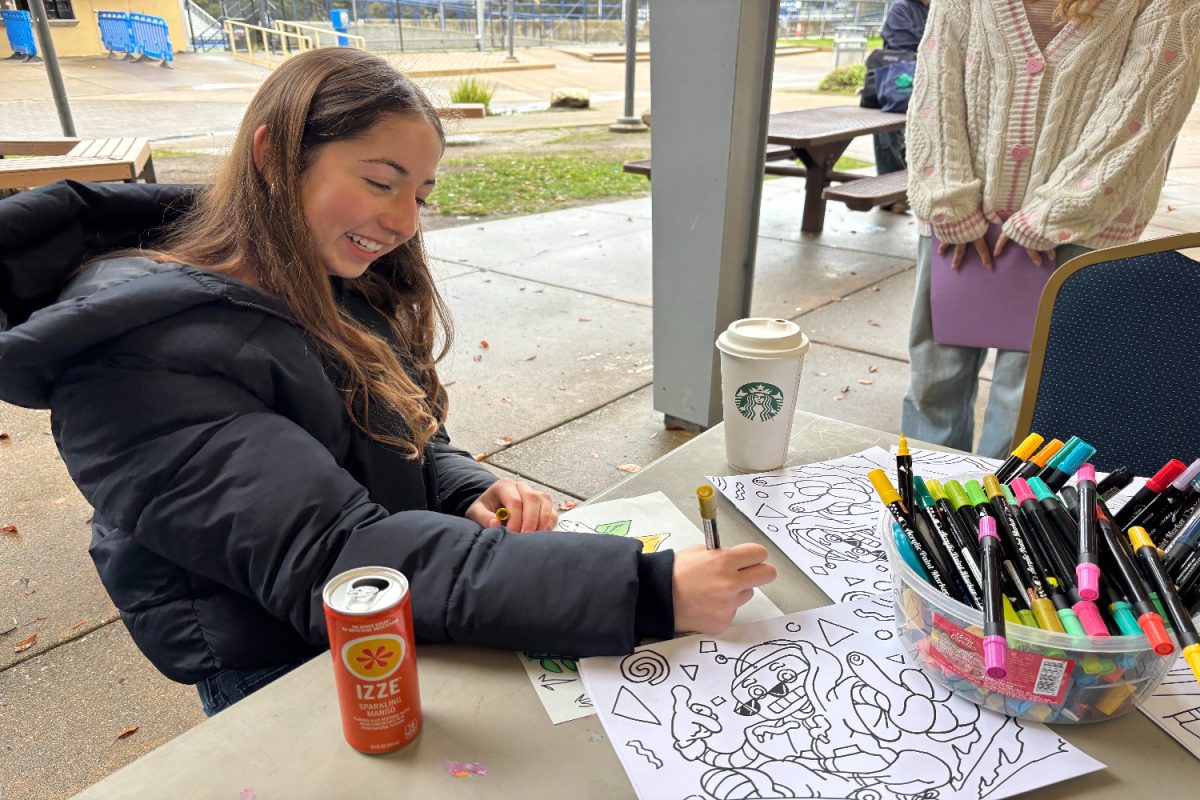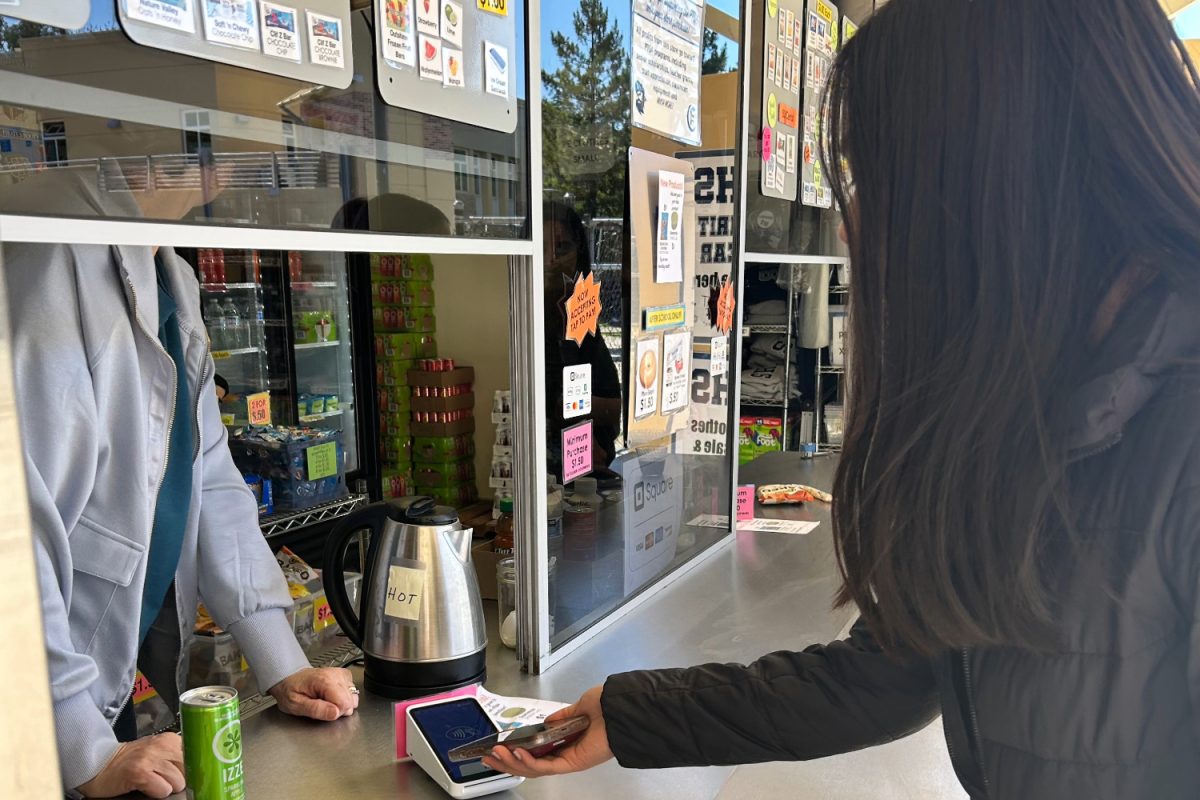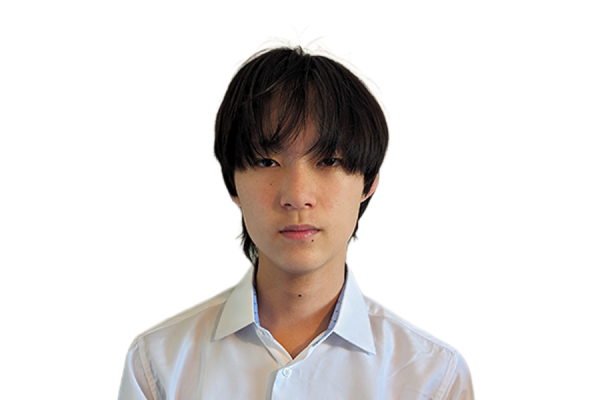Students have established a record-breaking 66 new clubs this year, in addition to the 91 renewed clubs that continue to run from previous years.
According to Jim Kelly, the ASB director at Carlmont, these new clubs have broadened the range of student interests.
However, both newer and more established clubs are facing struggles, ranging from finding a mission statement to dealing with the effects of the recent pandemic. One difficulty new clubs face is a lack of direction. Without a precedent to draw on, club officers have to find their own distinctive way to make their club appeal to the general student body.
Furthermore, with no previous record or members, new clubs must overcome the challenge of finding members and becoming known.
“One of the challenges when starting a new club is to make it attractive to people who want to join,” Kelly said.
Yunosuke Nakamura is president of the Japanese Culture Club and the Artificial Intelligence Club, vice president of the Aviation Club, and chief technology officer of the Robotics Club. Nakamura explained the differences between his experience managing established and new clubs. He highlights how an older club might be easier to manage, while a new club is more flexible.
“Older clubs tend to have a more established foundation, and they’re a lot more inflexible than new clubs. In new clubs, you have a lot of input and you can decide what to do for your club,” Nakamura said.
Charles Ding, president of the Robotics Club, agreed that older clubs have a stronger foundation.
“The fact that we’re well established gives us a lot of advantages,” Ding said. “We have very generous support from our school. We receive funds from the school, and we also have donations from parents to support our endeavors.”
Despite this, well-established clubs have to face challenges that stem from being around for so long. One example is the unique impact the recent pandemic has had on the Robotics Club and other established clubs due to their presence before and during the pandemic.
“The pandemic has been a huge challenge because now we’re facing its consequences. We’re missing one to two years of students,” Ding said. “I think it is a challenge that is specific to an established club.”
The lack of members poses the risk of experience loss in older clubs. Ding said that the Robotics Club had been losing members, which put them in danger of losing knowledge within the team.
“It’s really easy for people to do everything themselves. It’s really hard to teach someone to do something. And this relates back to the pandemic,” Ding said.
He was concerned about people not teaching and not passing information on because of how that might affect the future of the club. Since clubs lose members to graduation, clubs can find themselves without a qualified successor for a position after a member graduates if their knowledge is not passed on.
Whether a new club or an old one, both face unique challenges stemming from the different lengths of time they have been around.
“The problem with being understaffed is still a huge issue, but we are all here to improve. I wish the best of luck to all the other clubs,” Ding said.

